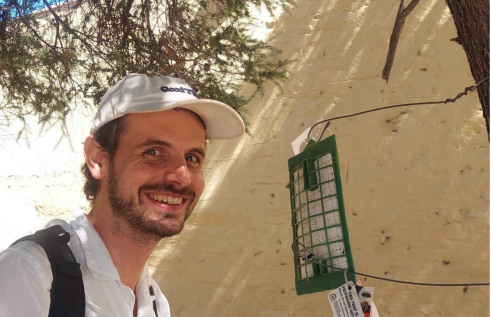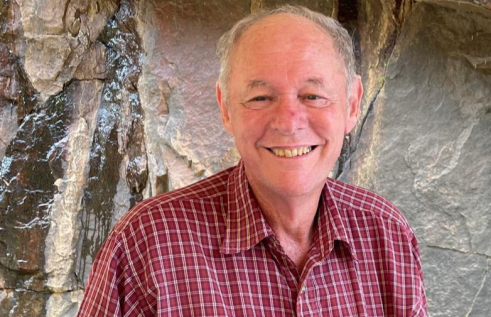Trends in European freshwater fish populations and implementation of ecological risk assessment methodologies in monitoring programs
| Presenter | Dr. Raphael Santos | |
|---|---|---|
| Date |
|
|
| Time |
to
|
|
| Contact person |
Fiona Quintner
|
|
| Location | Yellow 1.1.39 and via zoom | |
| Open to | Public | |
Data collected and analysed through environmental monitoring programs bring crucial information to science-based conservation programs and environmental policies.
Through this presentation, the audience is invited to journey to Europe to understand how ecological risk assessment approaches are useful for designing monitoring programs and collecting relevant data for environmental management and policy making.
Here, Raphael will discuss his research investigating freshwater fish population dynamics and what demographic and ecological traits are correlated with declining populations. Raphael will also discuss results from his previous research assessing the effects of anthropic pressures on aquatic species, such as water pollution by micropollutants. To illustrate that these approaches could be extended to various species, he will take the audience to visit seabird nesting sites on the Mediterranean shore, to determine if nesting in contaminated areas has an impact on seabird’s progeny.
About the presenter
Dr. Raphael Santos is an aquatic biologist who specialises in conservation biology and ecotoxicology. He combines laboratory investigations, field experiments and large-scale data analyses to understand the effects of multiple pressures on aquatic species. After completing his PhD in aquatic ecotoxicology in 2013 (INERIS/University of Lyon), Raphael worked in close collaboration with environmental managers in France and Switzerland through several postdoctoral projects in conservation biology and ecological risk assessment (CEFE/CNRS/Hepia/OFB). More recently, Raphael has analysed national datasets from European monitoring programs to investigate freshwater fish population dynamics and causes of population decline.
Related Events

Boring beetles and super models: mapping the distribution of a new invader
The polyphagous shot-hole borer (PSHB) is a tiny beetle with a mouthful of a name, but it’s been making headlines as a new invasive species in Australia. PSHB was first detected in Perth three years ago and has since devastated trees across the city. There are concerns about what its further spread could mean for urban, agricultural and natural environments.
Read more about Boring beetles and super models: mapping the distribution of a new invader
Groundwater: Hidden wonder of the Northern Territory
The seminar ‘Groundwater: Hidden wonder of the Northern Territory’ will be presented in two parts. First, Steven will provide a basic explanation of what groundwater is and concepts of how groundwater systems operate. He will then give an NT-wide view of groundwater properties and processes.
Read more about Groundwater: Hidden wonder of the Northern Territory
Carbon and water adventures in north Australia
With climate change and increasing land use pressures there is more and more demand for knowledge of carbon dynamics and water use as well as water resource management. Lindsay’s research is focused on providing better understanding of the biophysical environment of tropical land and water systems.
Read more about Carbon and water adventures in north Australia
